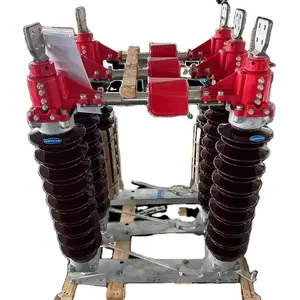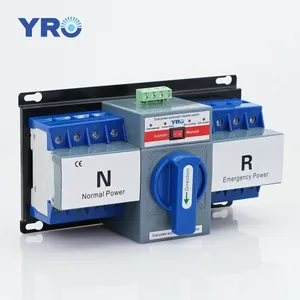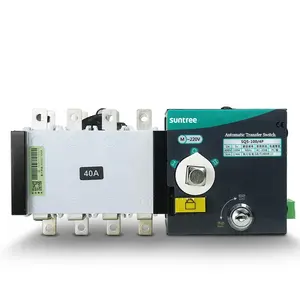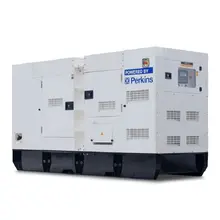Understanding Automatic Power Changeover Switches
An automatic power changeover switch is a critical component in power management systems, designed to transfer electrical load between multiple power sources automatically. This ensures continuous power supply and is particularly vital in areas where power interruptions can cause significant disruptions.
Types and Features of Changeover Switches
There are various types of automatic transfer switches (ATS) available, each suited to different applications. They range from compact designs for small-scale operations to robust units for industrial environments. Features may include phase monitoring, programmable logic, and compatibility with various types of generators and inverters.
Applications of Automatic Transfer Switches
The application of automatic power changeover switches spans across industries, from healthcare facilities requiring uninterrupted power for life-saving equipment, to data centers where data integrity is paramount. They are also used in residential and commercial buildings for seamless power supply switching.
Materials and Construction
The construction of an ATS switch involves durable materials capable of withstanding high electrical loads. The choice of material also influences the switch's longevity and reliability. Common materials include high-grade plastics for insulation and copper or silver alloys for conductive components.
Advantages of Using an ATS
The primary advantage of an automatic changeover switch is its ability to minimize downtime during power outages. They also help in optimizing the power supply by efficiently managing the load between different sources, which can lead to energy savings and reduced operational costs.
Choosing the Right Switch
Selecting the right automatic changeover switch involves considering the power capacity, the number of power sources, and the specific requirements of the application. It is essential to assess the technical specifications to ensure compatibility and safety.













































 浙公网安备 33010002000092号
浙公网安备 33010002000092号 浙B2-20120091-4
浙B2-20120091-4